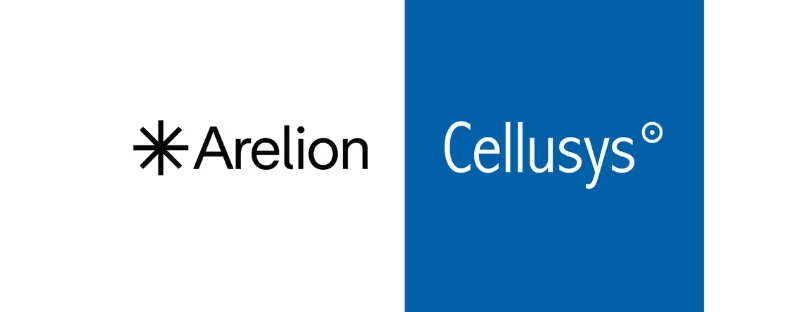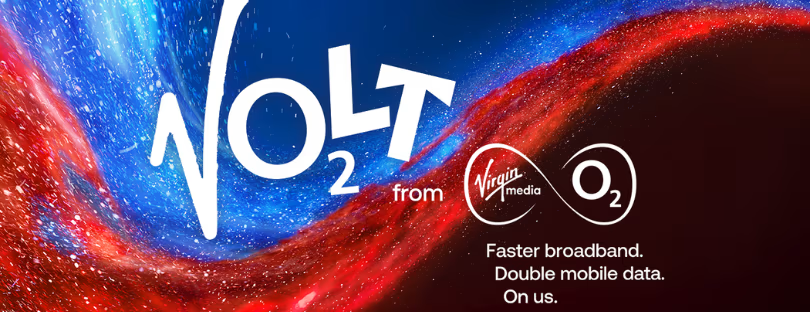
Telefónica, DIGI Ink New Agreement on National Roaming & RAN Sharing Services
Telefónica and DIGI have signed a new long-term mobile roaming network agreement to extend a successful and reliable relationship. This value-creating agreement has a duration of 16 years and strengthens the ties between the two companies by optimizing the return on their network investments. Telefónica DIGI National Roaming RAN Sharing
The agreement, which will come into force on January 1, 2025, represents an evolution of the current mobile access contract, consolidating a successful and trusting relationship that will result in Telefónica’s provision of National Roaming and RAN Sharing services. With this new agreement, Telefónica increases its sustainability by ensuring a long-term revenue stream in line with the existing one. At the same time, the fixed broadband wholesale agreement has also been extended.
All this serves as proof of the superior quality of Telefónica’s national network infrastructure and the confidence it generates in its ability to deliver high-quality services over that infrastructure.
For its part, DIGI benefits from efficient and cost-effective use of its new spectrum assets. In addition, by promoting infrastructure sharing, Telefónica will further boost the effective use and deployment of its NGN mobile networks.
RAN sharing services
RAN (Radio Access Network) sharing service refers to the practice where multiple mobile network operators (MNOs) share the same physical radio access network infrastructure while maintaining separate and independent core networks. This arrangement allows operators to reduce costs, improve network coverage, and enhance service quality. Here are the key components and benefits of RAN sharing:
Types of RAN Sharing
- Passive RAN Sharing:
- Involves sharing non-active elements of the network infrastructure, such as towers, masts, power supplies, and physical space.
- Each operator still installs and operates its own antennas and radio equipment.
- Benefits: Reduced site acquisition and maintenance costs, less environmental impact.
- Active RAN Sharing:
- Involves sharing active components like antennas, base stations, and backhaul.
- Can be further divided into:
- MORAN (Multi-Operator Radio Access Network):
- Operators share radio equipment but keep separate spectrum and baseband units.
- MOCN (Multi-Operator Core Network):
- Operators share both radio equipment and spectrum, while core networks remain independent.
- MORAN (Multi-Operator Radio Access Network):
- Benefits: Significant cost savings on radio equipment and spectrum efficiency.
Benefits of RAN Sharing
- Cost Savings:
- Reduces capital expenditures (CAPEX) by sharing the costs of infrastructure development.
- Lowers operational expenditures (OPEX) through shared maintenance and operational activities.
- Improved Coverage and Capacity:
- Enables operators to expand network coverage more efficiently, especially in rural or underserved areas.
- Enhances network capacity by pooling resources.
- Environmental Impact:
- Reduces the number of physical sites required, leading to less environmental disruption and lower energy consumption.
- Faster Deployment:
- Accelerates network rollouts as infrastructure sharing reduces the time needed for site acquisition and construction.
Challenges of RAN Sharing
- Regulatory and Legal Issues:
- Compliance with local regulations and antitrust laws.
- Requires agreements and contracts that define the terms of sharing and responsibilities.
- Operational Complexity:
- Coordination between operators to manage shared resources and resolve conflicts.
- Technical challenges in integrating and maintaining multi-operator systems.
- Quality of Service:
- Ensuring that the quality of service (QoS) is maintained for all operators involved.
Real-World Examples
- Telefónica and Vodafone in the UK:
- Entered into a RAN sharing agreement to improve coverage and reduce costs.
- T-Mobile and AT&T in the US:
- Collaborated on network sharing in specific regions to expand coverage.
Conclusion Telefónica DIGI National Roaming RAN Sharing
- Strengthened Partnership:
- The long-term nature of the agreement indicates a strong and trusting partnership between Telefónica and DIGI, with both parties seeing significant value in continuing their collaboration.
- Financial and Operational Benefits:
- Both companies benefit financially and operationally from the agreement. Telefónica secures steady revenue and optimized use of its network, while DIGI gains cost-effective network access and the ability to leverage Telefónica’s infrastructure quality.
- Sustainability and Efficiency:
- The agreement promotes sustainability by maximizing the use of existing network investments and infrastructure. This leads to more efficient deployment of mobile networks and better resource management.
- Enhanced Service Quality:
- By leveraging Telefónica’s robust network infrastructure, both companies can ensure high-quality service delivery to their customers, reinforcing their market positions.
- Strategic Positioning:
- The agreement positions both companies strategically to better handle future technological advancements and market demands, particularly in the realm of next-generation networks.
Overall, the agreement is a strategic move that not only strengthens the business relationship between Telefónica and DIGI but also enhances their competitive edge in the telecommunications market through shared infrastructure and optimized network investments. Telefónica DIGI National Roaming RAN Sharing










